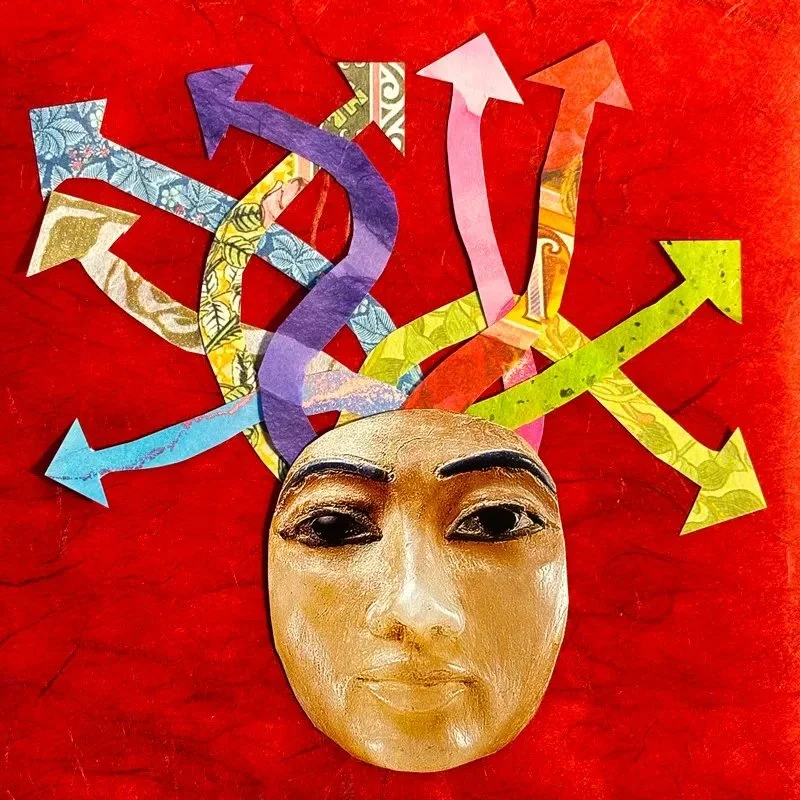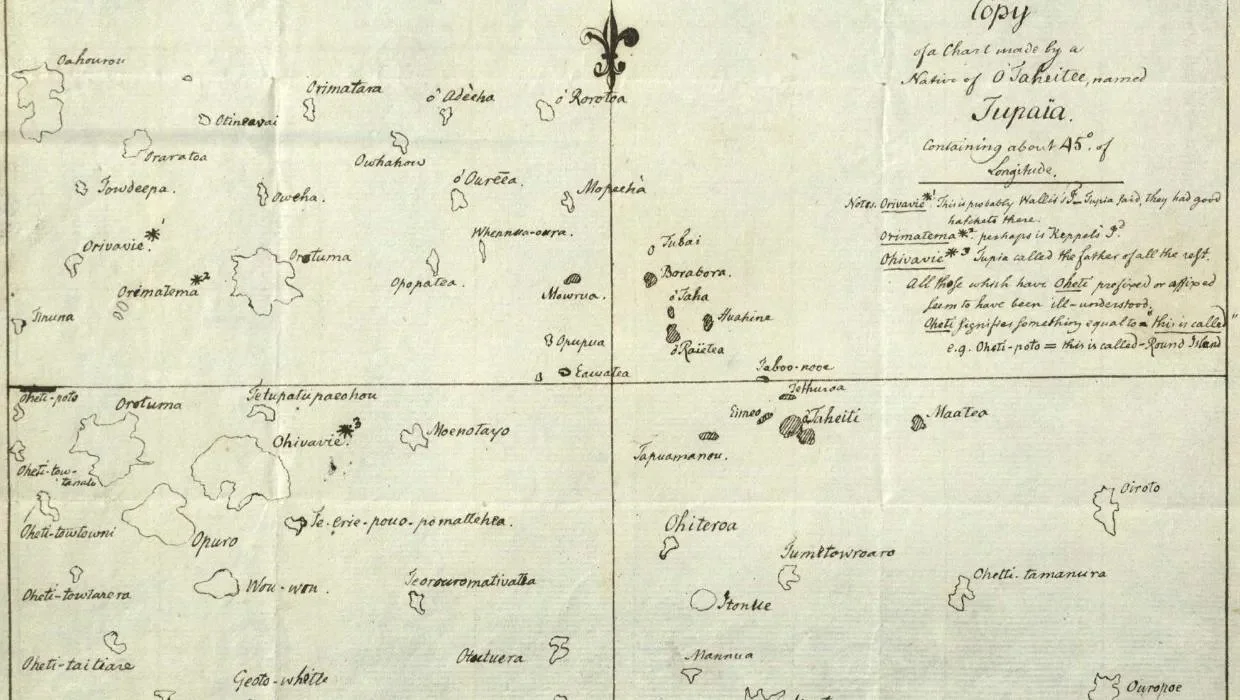What do neurodiverse/neurodivergent writers need in order to flourish? As teachers, colleagues, and mentors, how can we best support them? And if you identify as neurodiverse/neurodivergent yourself, what strategies can help you cope with the demands of mainstream academic writing?
On April 18, I invited Eirini Tzouma for a lively conversation on "Supporting Neurodiverse Writers". Eirini Tzouma is an Academic Development Advisor at the University of Durham and the author of a recent guest post in the Thesis Whisperer blog about the many challenges faced by neurodiverse writers in academe. As Eirini reminds us, "Neurodiversity/divergence isn't a problem to be fixed; it's a vital part of the mosaic of who we are."
In the first hour of this free WriteSPACE Special Event, Eirini and I discussed neurodiversity and neurodivergence in scholarly writing. In the second hour, we led a hands-on workshop for paid subscribers in which we responded to questions from participants and led a brief writing experiment.
Here’s WriteSPACE Event Manager Amy Lewis’ personal account of the live event:
……………
We all think, learn, and process and perceive information differently from person to person, so neurodiversity is a matter that concerns us all. Traditional approaches to education have not always recognised that diversity; but, thankfully, the tides are beginning to turn with conversations like this one between Helen and Eirini.
Some memorable quotes from this WriteSPACE Special Event:
“Curiosity and learning are always the best starting place.”
On terminology: “Neurodiversity can describe the diversity that exists in a room full of people that are ‘neurotypical’ (if such a thing exists) and ‘neurodivergent’… Some people, because they find that this is hard language and can be stigmatizing, prefer the term neurodiverse. Others want to claim it and say ‘Indeed there are neurotypical assumptions, and that’s why we need systematic change’ — these people often prefer the term neurodivergence.”
“Most senior academics don’t realise that what works for them won’t work for everyone… In fact, life’s a bit like that! Nothing new is going to work for everyone.”
As a teacher, Eirini advocates for encouraging dialogue about neurodiversity/neurodivergence in the classroom or workplace and inviting people to express any specific needs. As students become more articulate about expressing their needs, a teacher may begin to worry that their workload will be weighed down by requests. However, Eirini counters this concern with the Theory of Universal Design, which focuses on improving accessibility for everyone. Overall, it is far more helpful to have students express their concerns directly to you than to fill in the gaps with assumptions and judgments.
Many of the 40 participants at the live event had a direct connection to the topic of writing with neurodiversity and wanted to share their stories. What struck me profoundly was the overwhelming similarity of their experiences. The story often begins with feeling misunderstood or being told you are doing things wrong in your early years. Then you embark on a journey of higher education and stumble across a diagnosis of dyslexia/ADHD/autism/or another form of neurodiversity in your late twenties or even early thirties. You may have been told that ‘you’re just not cut out for academe’, your supervisor may not be equipped with resources to help you, and you find yourself elbows deep in it all. Versions of this experience were repeated many times in our Special Event chat.
This is also the story of my brother, who was diagnosed with ADHD just last year at 26 years old, during the third year of his PhD. My brother struggled with writing in school but now consistently receives grades of A+. I’m always impressed by him — he really has the traits of a successful PhD student: amazing attention to detail, unwavering commitment and passion (aka a kind of beautiful nerdiness for a really niche area), out-of-the-box thinking, and deep creativity.
While there are many positive aspects to neurodivergence, some participants at the Special Event were wary of calling it “a superpower,” a term that can sound dismissive of the very real challenges faced by neurodiverse/neurodivergent writers in mainstream academic environments: skill regression, burnout, juggling many things at once, cycles of re-learning and re-adjusting, and avoiding tangential rabbit warrens in your research, among other things. From the discussion, I concluded that it’s useful to frame neurodiversity, especially ADHD, as neither a gift nor a disability, but rather a condition that requires management in non-stimulating (or specific) contexts. When you’re interested in a task, the ADHD brain will be highly motivated and may hyperfixate, which can keep you writing for hours on end. But if you find the task non-stimulating, your focus withers, writing flow dies up, and procrastination creeps in. By the same token, hyperfixation for long periods can often be overwhelming. Overall, checking in regularly with yourself and your motivation for the topic is key.
Eirini explained that, as yet, relatively few research-based articles have been published about the challenges of helping teachers, colleagues, and mentors support neurodiverse students, and fewer still offer strategies for coping with the demands of mainstream academic writing if you identify as neurodiverse/neurodivergent yourself. But don’t despair! I collected a few gems of wisdom from the Special Event participants, which I added to Eirini’s own reference list to create a Writing with Neurodiversity Toolkit.
Teachers and students alike can benefit from Erini’s strategy “Starting on the Right Foot,” which she developed to help those with neurodiversity/neurodivergence engage in professional writing or working relationships. The strategy involves reflecting on your responsibilities, working style, and expectations, and it encourages you to communicate these openly with your working partner during what Eirini calls the “contractual stage.” Her resource is generously provided below so that you, too, can start on the right foot in conversations about writing with your students or colleagues.
A big thanks to Helen and Eirini for sharing their time, expertise and ideas so generously. If you did not attend or have not yet watched the recording, I hope you’ll make a cup of tea, get comfortable, and enjoy this wonderful discussion.
WriteSPACE and WS Studio members can watch the recording of the full two-hour event in their Video library.
Not a member? Register to receive an email with a link to the video of the first hour.
Better yet, join the WriteSPACE with a free 30 day trial, and access our full Library of videos and other writing resources as part of your membership plan.










